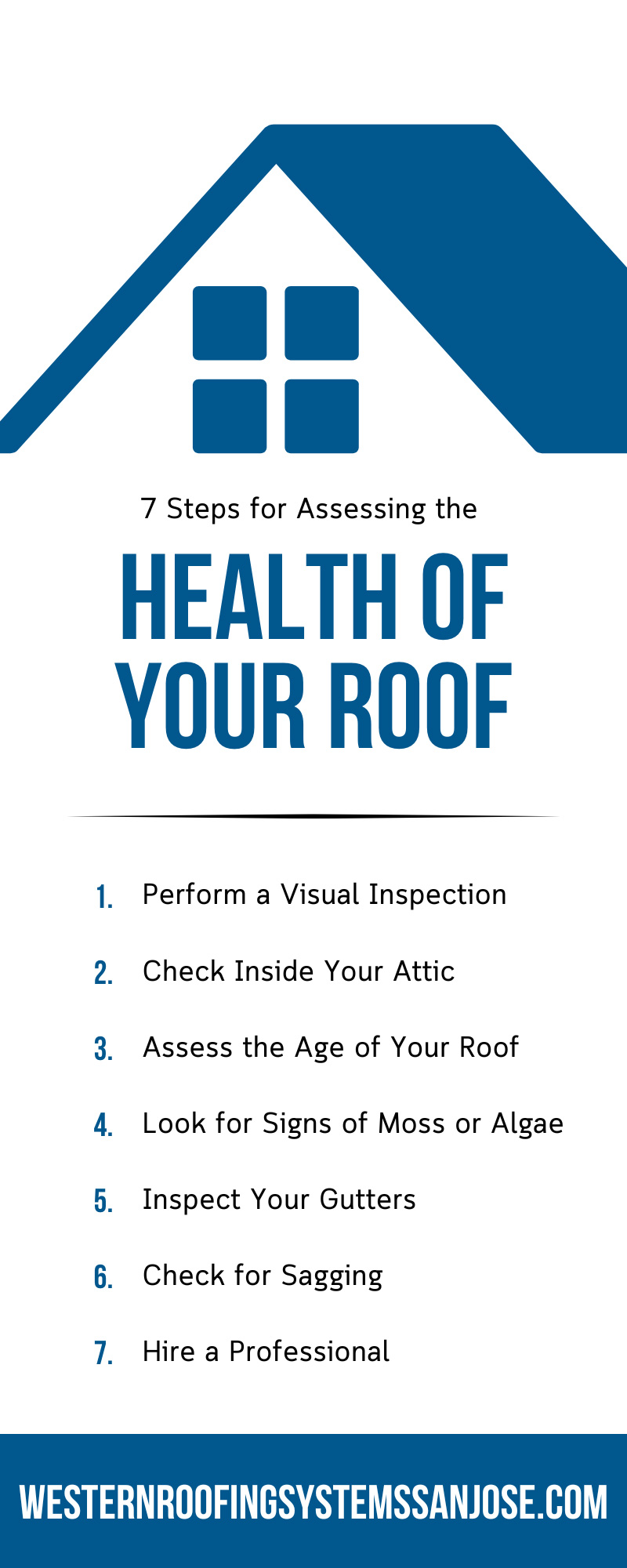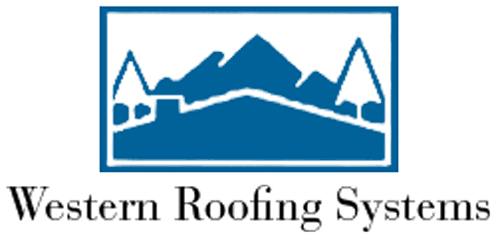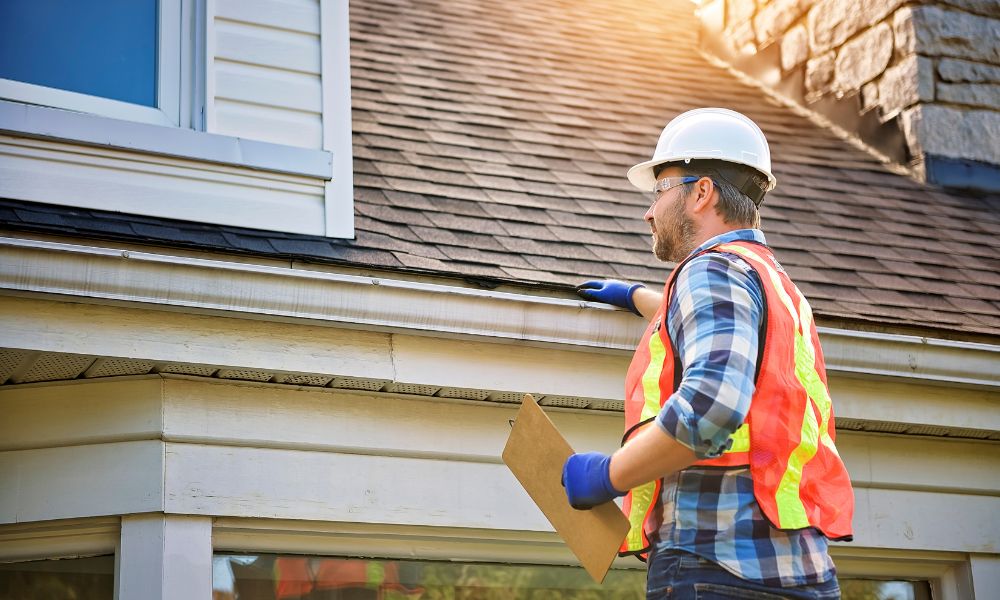Your roof does more than just keep the weather out; it adds an unforgettable touch to the character of your home. Yet, many homeowners don’t give their roofs the attention they deserve until something goes awry. By the time you notice a leak in the ceiling, for instance, there may already be significant damage to your home’s structure.
Regular assessments are vital to keep your roof in tip-top shape. But where should you start? How do you know what to look for, and when is it time to call in the professionals? Explore this comprehensive guide on the necessary steps for assessing the health of your roof. These tips will empower you with the knowledge to safeguard one of your home’s most critical components.
Perform a Visual Inspection
The most straightforward way to begin assessing your roof is by completing a visual inspection. It’s best to start from the ground with a pair of binoculars. Look for shingles that are missing, curling, cracking, or appear to be at the end of their life cycle. If you spot any of these signs, your roof may be susceptible to leaks and further damage.
While you’re looking at the shingles, don’t forget to check for granule buildup in your gutters or at the end of your downspouts. Granules help protect your shingles, and a large accumulation can be a sign of aging or defective shingles. Another visual clue is any buckling or rot in the roof deck, indicating a moisture problem and potentially severe structural issues.
Check Inside Your Attic
Your attic can reveal a great deal about the state of your roof. On a sunny day, turn off your lights in the attic and look for any light shining through the roof. Daylight signifies a gap or hole that can allow for water infiltration.
Proceed by examining the underside of your roof for signs of water damage or rot, particularly around the vents and chimney. If your attic has been insulated, this can complicate inspection, but checking for these issues is still possible with a thorough look around the insulation.
Assess the Age of Your Roof
One of the indicators of roof health and remaining lifespan is its age. An asphalt shingle roof typically lasts 20–30 years, while a metal roof can last up to 50 years or more. The materials used, along with the quality of construction and maintenance performed, can significantly affect this estimate.
If you know the age of your roof, you can plan and budget for its replacement before it becomes an emergency. If you did not live in your home the last time its roof was replaced, finding records of your roof’s installation can be as easy as checking with your local permitting office or contacting the previous homeowner. If records are unavailable, a professional roofing contractor may be able to estimate the roof’s age based on its condition and materials.
Look for Signs of Moss or Algae
Moss, algae, and mold not only detract from your home’s curb appeal but also signal potential problems. These organisms retain moisture and can cause shingle decay, leading to roof leaks and wood rot. Moss and algae are most commonly found on the north side of a roof, where the sun exposure is the least. If you notice these growths, addressing them promptly is crucial to prevent further damage.
You can remove moss and algae with a gentle brush and a mixture of dish detergent and water or use commercial solutions specifically designed for this purpose. However, ensure that you do not use high-pressure water systems or harsh chemicals, as these can cause damage to the shingles.
Inspect Your Gutters
Regular gutter maintenance is part of effective roof care. Gutters play a significant role in routing water away from the roof and foundation of your home. When they are clogged, water can back up, compromising your roof’s edge and leading to leaks inside your home.
During your assessment, ensure gutters are clear of debris and that the downspouts are directing water at least three feet away from the foundation. Damaged or poorly positioned gutters can lead to improper drainage and can often be a source of roof health problems.
Gutters also serve as a collection point for materials shed from your roof, such as the granules mentioned above or small shingle pieces. If you notice an excessive amount of these materials in your gutters, it’s a sign that your roof may have issues requiring further inspection.
Check for Sagging
A sagging roof is a clear sign of structural damage and should be addressed immediately. This can indicate a sheathing or deck issue, such as decay or water damage, and can be a sign of significant problems threatening the safety of your home.
You can check for sagging from inside and outside of your home. From within the attic, look for areas where the roof deck appears to be dipping or sagging under the weight of the roof. On the exterior, step back from your home and look at the roofline—it should be straight. Any noticeable deviations, particularly along the ridgeline, are a cause for concern.
Hire a Professional
While regular, homeowner-level assessments are invaluable, there’s no substitute for the professional eye of a roofing contractor. Experts are trained to spot the subtle signs of roof damage that may elude the casual observer. They can also provide you with an itemized list of necessary repairs and their associated costs, as well as advice on whether a repair or replacement is warranted.
Professional roof inspections are especially crucial if you suspect or discover any of the more worrisome signs mentioned earlier. Residential roofing service contractors have the experience and knowledge to assess the damage’s full extent and determine the best course of action to rectify it.
Ultimately, these steps for assessing the health of your roof are about arming yourself with knowledge and staying ahead of potential problems. By taking a proactive approach, you can enjoy peace of mind knowing that your roof is in good condition and your home and family are protected. Regular maintenance and periodic professional inspections are wise investments, ensuring that your roof serves you faithfully for years to come.



Recent Comments